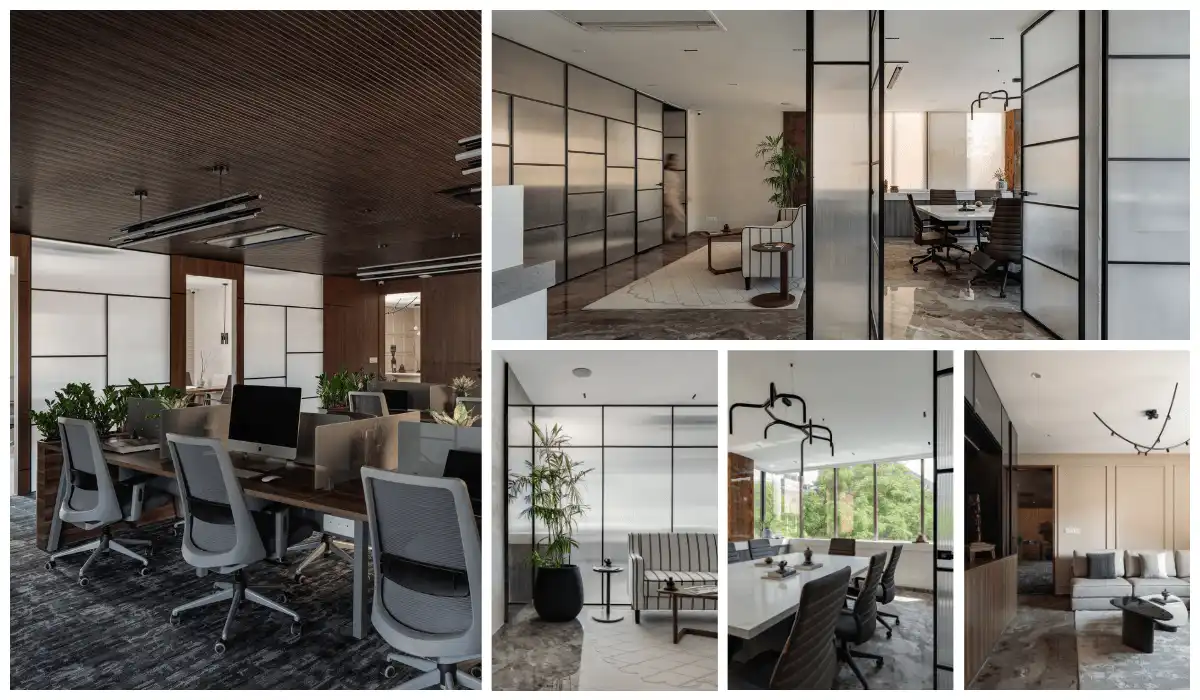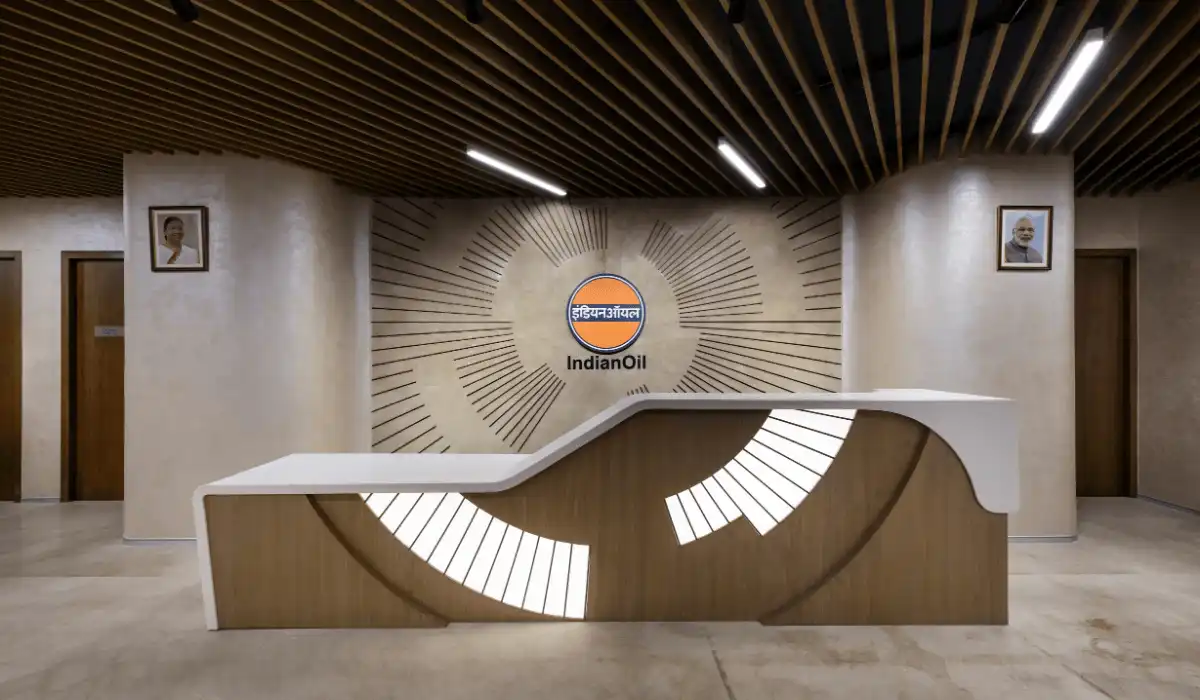Life CMF aims to transition post-industrial waste into primary healthcare. The statistics of patients and death tolls owing to the COVID-19 pandemic have posed dire questions on the availability of primary healthcare infrastructure across the world. This overwhelming chaos thus surfaced the need to reinvigorate the spatial configuration for primary healthcare facilities in times of crisis and emergency. Consequently, we are painfully aware that hospitals can no longer suffice the blows from such pandemic waves.
Architecture Discipline, a multi-disciplinary architecture practice, has proposed a modular solution to create a comprehensive community medical facility- “Life Community Medical Facility (Life CMF)”. Akshat Bhatt, the principal architect, has repurposed the humble shipping containers to create prefabricated pods that will comprise diagnostics, intensive care, and isolation and recovery units. Therefore, he explains, “Globally, healthcare systems have been overwhelmed fighting the pandemic and a growing population of infected people. Temporary, ad-hoc solutions are a viable alternative to conventional medical facilities, aiding the treatment of vulnerable affected communities.”
LIFE CMF is a community-oriented and patient-directed installation that aims to deliver comprehensive, culturally competent, and high-quality primary health care services. It thus integrates access to disease screening, pharmacy, test labs, OPD consultations, emergency treatment, IPD care and treatment and recovery management, quarantine, and isolation, right in the vicinity of the patient’s location. Each CMF can adapt to providing primary as well as emergency health care integrating a variety of medical services including mental health, substance use disorder, and oral health services. The modular assembly of Life CMF therefore makes it easily deployable in inaccessible regions and vulnerable communities, like disaster-struck areas, war zones, or refugee colonies.

Objectives and Operational Goals
The fundamental objective of Life CMF is to develop patient-integrated care centres that will also serve the needs of diverse medically underserved areas and populations. Each CMF promises high-quality and culturally competent primary care, as well as supportive services such as health education, translation, and transportation. These modules will provide services regardless of a patients’ ability to pay and charge for services on a sliding fee scale. Consequently, they shall operate under the direction of patient-majority governing boards of autonomous community-based organizations. These thus include public and private non-profit organizations and tribal and faith-based organizations.


Design Modules and Assembly
Life CMF Container Types & Modifications
Containers are ideal because of their inherent strength, easy transportation, deployability, and relatively low cost. In addition, the team can deploy these shipping containers anywhere in the world with the clinic already assembled within the container. This thus means pop-up clinics can be operational within days after deployment.
The two sizes of shipping containers used for this are-
Small Container: 10′-0″ x 8′-0″ x 8′-0″
Medium Container: 20′-0″ x 8′-0″ x 8′-0″
Consequently, the design team modified containers and distinguished primarily on the basis of the door and window locations. They thus prefabricated each container pod and provided them with a shaft to allow services ingress and egress.




LIFE CMF Customized Medical Applications
Each pod module is flexible to be configured singularly or in a combination of two or more containers to function as a primary care unit, critical care unit, surgical suite, trauma/emergency unit, isolation pod, recovery pod or support functions such as pharma unit, screening unit, or diagnostic labs, or any other medical as well as administrative space as needed by the clients. Prefabricated off-site each module is fitted with all the furniture and equipment specific to the function that the pod is being designated.







Configuration and Assembly Diagram
The design team configured the primary prototype of the LIFE CMF in a simple cross layout both in plan and elevation. This thus helps in recognizing it within any location as a healthcare facility. Within a site square measuring 96′ x 96′, the design team layered container pods concentrically to allow lateral expansion in both X and Y directions as per spatial requirements of the medical centre.

Impact
Each CMF can access prompt health care in areas where economic, geographic, or cultural barriers limit access to affordable services. They are designed to deliver care to the most vulnerable individuals and families – including people experiencing homelessness, agricultural workers, residents of public housing, the veterans, as well as those in midst of emergency situations like pandemics, natural calamities – floods, earthquakes, or war zones.
The design team will thus assemble intermodal containers, better known as shipping containers to form the structure of these CMFs. The design team thus gives this industrial after-waste a second life where they become flexible modules – easily deployed and moved to remote regions. Akshat Bhatt shares his thoughts on this reincarnation of shipping containers. He says, “I think it’s fascinating to take something forgotten and give it new meaning and purpose. Assembled using discarded intermodal containers (shipping containers) as the structural element of a medical clinic, these CMFs can bring affordable and scalable health facilities to the remotest regions of the country and the world.”
Architecture Discipline
Website: www.architecturediscipline.com
E-mail: press@architecturediscipline.com
Biltrax Construction Data is tracking 17000+ projects on its technology platform for its Clients. Email contact@biltrax.com to subscribe and generate business leads.
Discover more from Biltrax Media, A Biltrax Group venture
Subscribe to get the latest posts sent to your email.

























